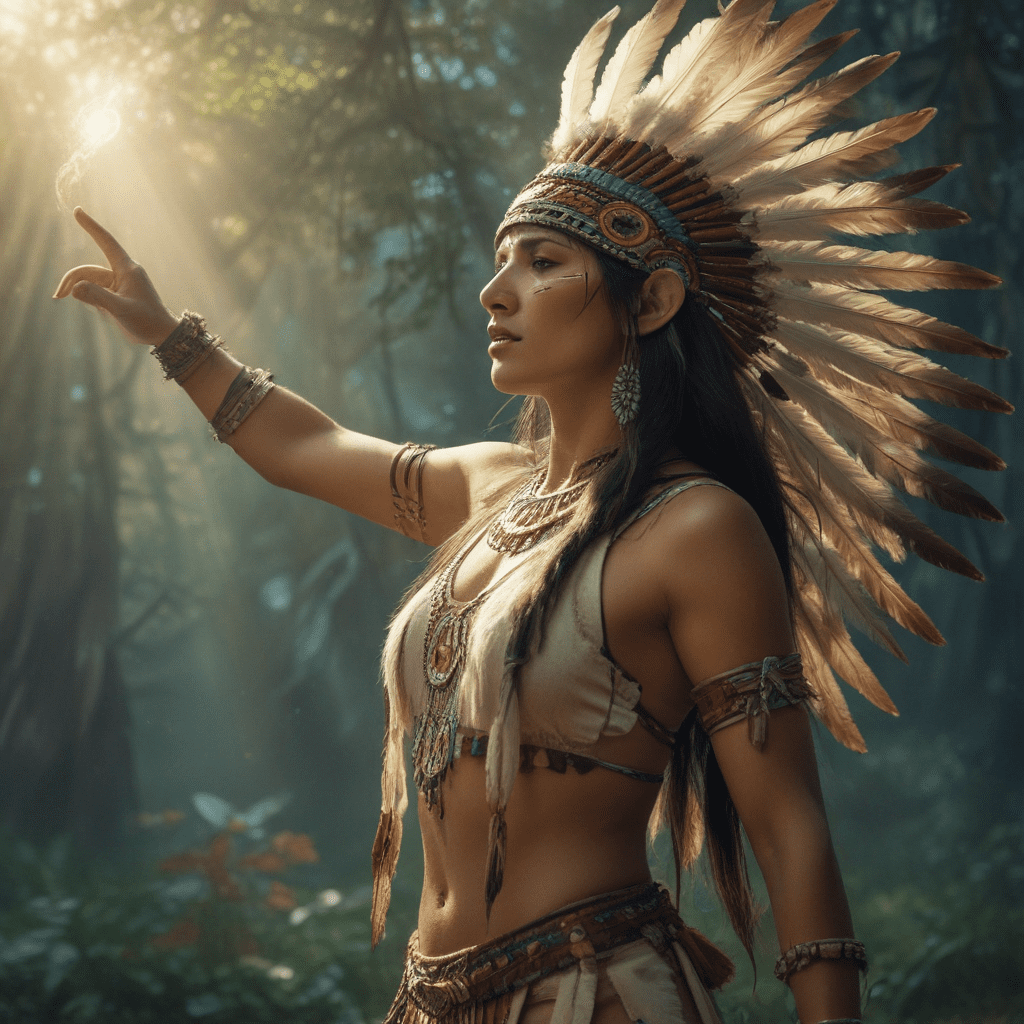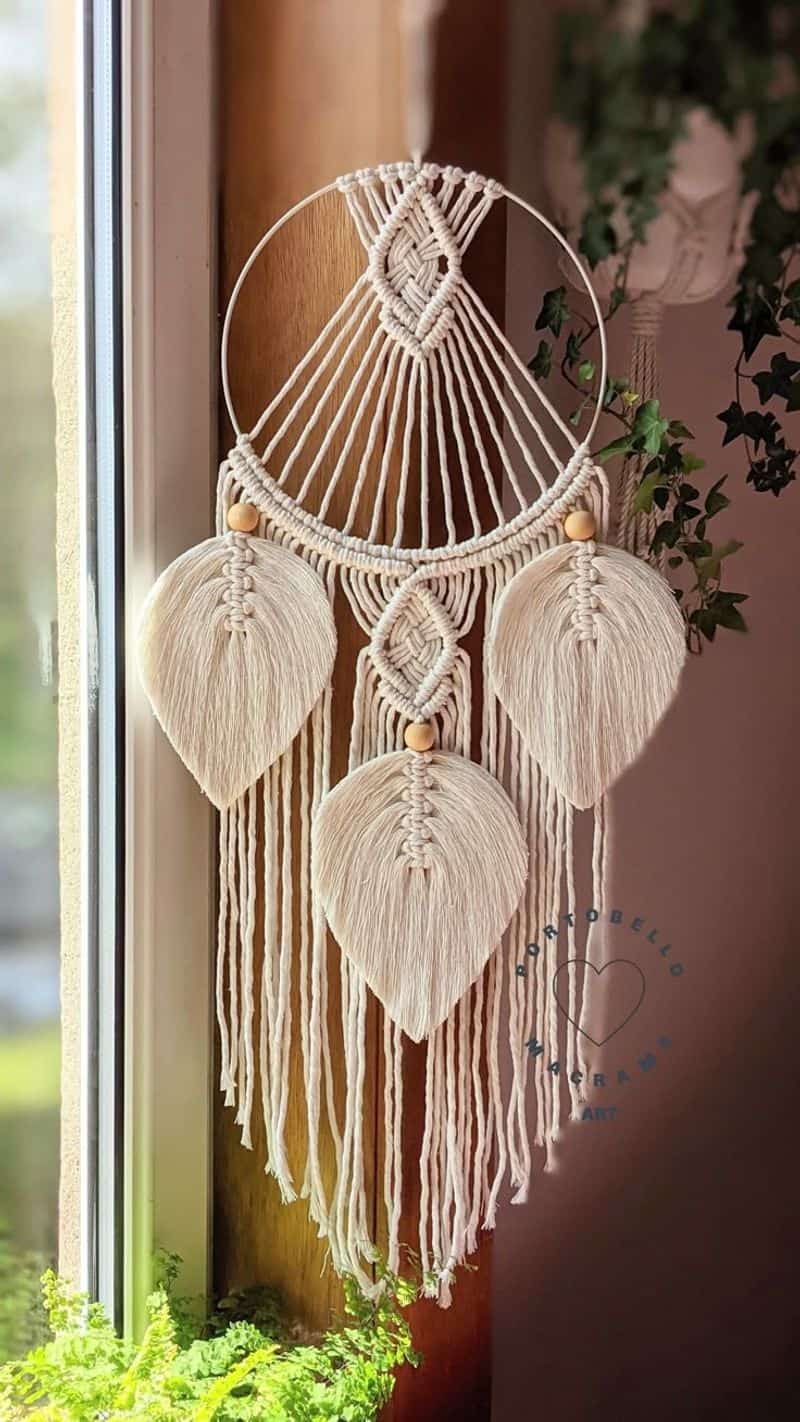
Weaving Dreams and Protection: The Enduring Significance of Native American Dreamcatchers
In a world increasingly disconnected from the rhythms of nature and the whispers of ancient wisdom, certain symbols persist, carrying echoes of profound cultural meaning. Among these, the dreamcatcher stands out – an object instantly recognizable, often adorning nurseries, car mirrors, and gift shop shelves worldwide. Yet, beneath its widespread commercial appeal lies a rich, complex history rooted deeply in Native American spirituality and tradition, particularly among the Ojibwe (Anishinaabe) and later, the Lakota people. To truly appreciate the dreamcatcher is to look beyond its aesthetic charm and delve into its original purpose: a sacred tool designed to filter the night, protect the innocent, and connect the waking world to the realm of dreams.
The journey of the dreamcatcher begins with the Anishinaabe people of the Great Lakes region, where it is known as asabikeshiinh (the spider) or bawaajige nagwaagan (dream snare). Its origins are often intertwined with the legend of Asibikaashi, the Spider Woman, who was a protector of children and all of humanity. As the Anishinaabe nation grew and dispersed, Asibikaashi found it increasingly difficult to reach every cradle and protect every child. So, she taught the women of the nation how to weave magical webs for their infants, serving as a surrogate for her protective spirit.
These early dreamcatchers were traditionally small, typically no larger than a child’s hand. They were crafted from willow hoops, often bent into a teardrop or round shape, and strung with sinew or plant fibers to form a intricate web. Feathers, beads, and other sacred items were then suspended from the hoop. They were hung above the cradles or beds of infants and young children, intended to act as a filter for the dreams that descended from the night sky. Good dreams, filled with positive messages and guiding spirits, were believed to know their way through the intricate web, gently sliding down the attached feathers to the sleeping child below. Bad dreams, however, were thought to get entangled in the web, held there until the first rays of the morning sun struck them, causing them to evaporate harmlessly.
This distinction between good and bad dreams is crucial. For many Native American cultures, dreams are not merely random neural firings but powerful conduits to the spirit world, sources of insight, guidance, and even warnings. Protecting children from negative dream influences was paramount, ensuring their spiritual and emotional well-being as they grew. The dreamcatcher, therefore, was not just a decorative item; it was a vital spiritual safeguard, a tangible manifestation of a community’s care and a mother’s love.
Over time, the concept of the dreamcatcher spread beyond the Ojibwe, most notably to the Lakota (Sioux) nation. While the core purpose remained similar – protection and dream filtration – the Lakota tradition often incorporated their own rich symbolism and spiritual narratives. One well-known Lakota story involves Iktomi, the trickster spider, who appeared to an elder in the form of a spider. Iktomi spoke of the circle of life, the good and bad forces, and the paths one must choose. He then wove a web within the elder’s willow hoop, explaining that the web would catch bad dreams and allow good ones to pass through, symbolizing the choices one makes in life and the wisdom gained. This narrative further cemented the dreamcatcher’s role as a tool for spiritual discernment and guidance, not just for children but for all members of the community seeking clarity and protection.

The anatomical elements of a traditional dreamcatcher are imbued with profound meaning:
- The Hoop: Usually made of willow, a flexible wood, the circular shape represents the circle of life, the sun, and the moon. It symbolizes unity, infinity, and the continuous flow of life, with no beginning or end.
- The Web: Intricately woven, often resembling a spider’s web, it is the primary filter. It’s designed to catch negative dreams, thoughts, or energies, holding them until they are neutralized by daylight. Some traditions also believe the web catches good ideas and positive energies, holding them for the dreamer to absorb.
- Feathers: Attached to the bottom of the hoop, feathers are considered sacred. They symbolize breath or air, essential for life. Good dreams, once filtered, are believed to gently slide down the feathers to the sleeping person below. The type of feather can also hold specific meanings; eagle feathers might represent bravery and strength, while owl feathers could symbolize wisdom. For many tribes, specific feathers, particularly those from birds of prey, are highly revered and reserved for ceremonial use or for those who have earned the right to carry them.
- Beads: A single bead on the web often represents the spider itself, the creator of the web, or a good dream that has been caught and preserved. Multiple beads can symbolize strength, protection, or the path of life.
- Sacred Objects: Sometimes, small pieces of bone, shells, or other significant items are incorporated, adding further personalized spiritual power and connection to the individual or family.
The mid-20th century saw a significant cultural shift for the dreamcatcher. During the Pan-Indian movement of the 1960s and 70s, as Native American communities sought to reclaim and celebrate their heritage amidst centuries of oppression and forced assimilation, the dreamcatcher became a powerful symbol of unity and identity across various tribes. Its universal message of protection and hope resonated deeply, transcending specific tribal origins and becoming an emblem of Native American culture as a whole. This period marked the beginning of its widespread recognition beyond its original communities.

However, this increased visibility also paved the way for a phenomenon that continues to be a point of contention: cultural appropriation. As the dreamcatcher’s popularity soared, it was rapidly commercialized and mass-produced by non-Native manufacturers, often in distant countries, stripped of its spiritual context and authentic craftsmanship. These "dreamcatchers" became ubiquitous decorations, sold as generic "Native American crafts" without any connection to the Indigenous peoples who originated them. This disconnect not only devalues the original spiritual significance but also harms Native American artisans who struggle to compete with inexpensive, inauthentic imitations.
For many Native Americans, this appropriation represents a continued assault on their cultural integrity. "When you take an object out of its cultural context and turn it into a mere trinket, you strip it of its power and meaning," explains Sarah Sunshine Manning (Shoshone-Paiute), a Native American writer and advocate. "It becomes a caricature of what it once was, and it contributes to the broader erasure of Indigenous voices and traditions." The irony is not lost on Native communities: an item designed to protect and preserve is now often exploited and misrepresented.
In response, there has been a renewed effort within Native American communities to reclaim and educate the public about the true meaning and origins of the dreamcatcher. Authentic dreamcatchers are still lovingly made by Native artisans, often following traditional methods and materials, carrying the spiritual intent of their ancestors. Supporting these artists is not just an act of commerce but an act of respect and cultural preservation. It ensures that the legacy of Asibikaashi and the wisdom of the elders continue to be honored.
Today, the dreamcatcher remains a potent symbol of resilience and cultural survival. It reminds us of the profound spiritual connection Native peoples have to the natural world, their emphasis on protection, and their deep understanding of the human psyche and the power of dreams. It serves as a bridge, inviting those outside Indigenous cultures to learn, understand, and appreciate the richness of Native American heritage, rather than merely consuming its surface-level aesthetics.
The significance of the Native American dreamcatcher extends far beyond a pretty decoration. It is a sacred artifact, born from a deep spiritual understanding of the universe and a profound love for children. Its intricate web tells stories of protection, guidance, and the delicate balance between the seen and unseen worlds. As it continues its journey through time, it carries with it a vital message: that true beauty and power lie not just in an object’s form, but in the respect and understanding of the traditions and peoples from which it originates. To hang a dreamcatcher is to invite not just pleasant dreams, but also an opportunity for deeper cultural awareness and reverence.

